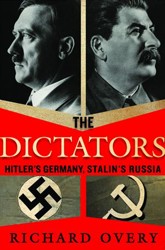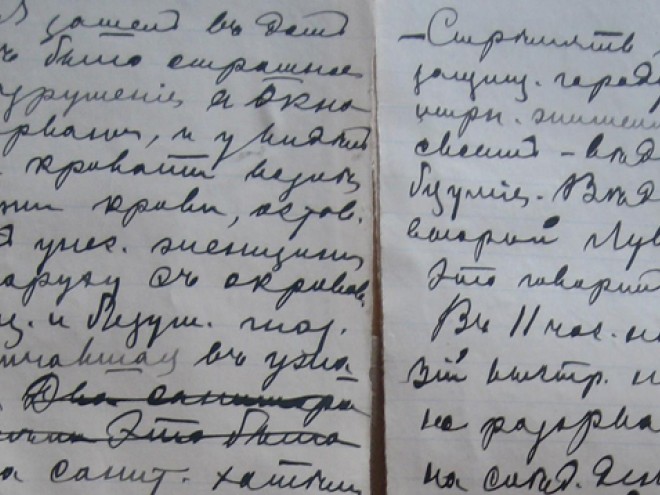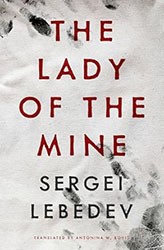In the West, the story of World War II in Europe often follows a familiar arc. It begins with Hitler’s rise to power in 1933 and culminates in the Allied landing at Normandy and the liberation of the camps.
The barbarity of life and death on the Eastern Front — which began with the Nazi Germany’s invasion of the Soviet Union, history’s largest military operation — is treated as a footnote, if accounted for at all.
In World Enemy No. 1, German-born historian Jochen Hellbeck challenges this narrow telling, which he sees as a form of historical “amnesia.” To understand the events of World War II, whose reverberations are still felt in Russia’s war against Ukraine, it’s critical to “set its axis firmly in the East,” he writes.
A good place to start is the Russian Revolution and the ensuing Russian civil war, which gave rise to the myth of Judeo-Bolshevism. Various factions committed anti-Jewish violence in the former Pale of Settlement, far surpassing previous waves of pogroms in scale and severity. For many survivors, joining the Red Army offered a degree of protection. With some of the best-known Bolshevik leaders being Jewish — Leon Trotsky and Grigory Zinovyev among them — the growing association between Jews and Bolshevism deepened. A red scare soon swept across Europe, stoking fears of a Communist takeover and fueling various counter-revolutionary movements.
Twenty years later, the fanatical conflation of Jews and Bolshevism drove Hitler to invade the Soviet Union. Nazi propaganda depicted Jews as the agents of Soviet terror, embodying the “Jewish commissars” supposedly propping up the Soviet state and its military. These revolutionaries were thought to pose an existential threat to Germany. If the commissars could be defeated, then Germany could also achieve its colonial fantasy of Lebensraum, or living space for millions of ethnic Germans in the East at the expense of Slavic populations.
Drawing on wartime diaries, letters, and testimonies, along with dispatches from celebrated Soviet war correspondent Ilya Ehrenburg, Hellbeck demonstrates how this propaganda motivated the Wehrmacht and the mobile killing units trailing it.
The Holocaust’s first mass killings started with the invasion of the Soviet Union in the summer of 1941. The initial target was the “demonic Jewish commissar.” What began with executions of targeted groups of men quickly escalated into the murder of entire communities by radicalized Germans, their Axis allies, and local collaborators.
Germany would ultimately pay a staggering price for its war of annihilation as the Red Army began its march toward Berlin in 1943. But so did the Soviet Union, which lost at least 26 million people. Those killed included 2.6 million Holocaust victims.
Hellbeck’s main contention is that anti-Bolshevism and not Nazi antisemitism alone drove Nazi policies in the East. In doing so, he joins a growing group of scholars pushing for a fundamental reassessment of the causes behind World War II and the Holocaust.
World Enemy No. 1 is a bracing, necessary corrective, challenging us to look beyond Allied triumphs in the latter stages of the war and the Cold War politics that downplayed the Soviet Union’s role in defeating Nazism. It shifts our gaze instead to the battle grounds and killing fields of the western Soviet Union, where the events of eighty years ago continue to menace Europe.
Maksim Goldenshteyn is Seattle-based writer and the author of the 2022 book So They Remember, a family memoir and history of the Holocaust in Soviet Ukraine.





